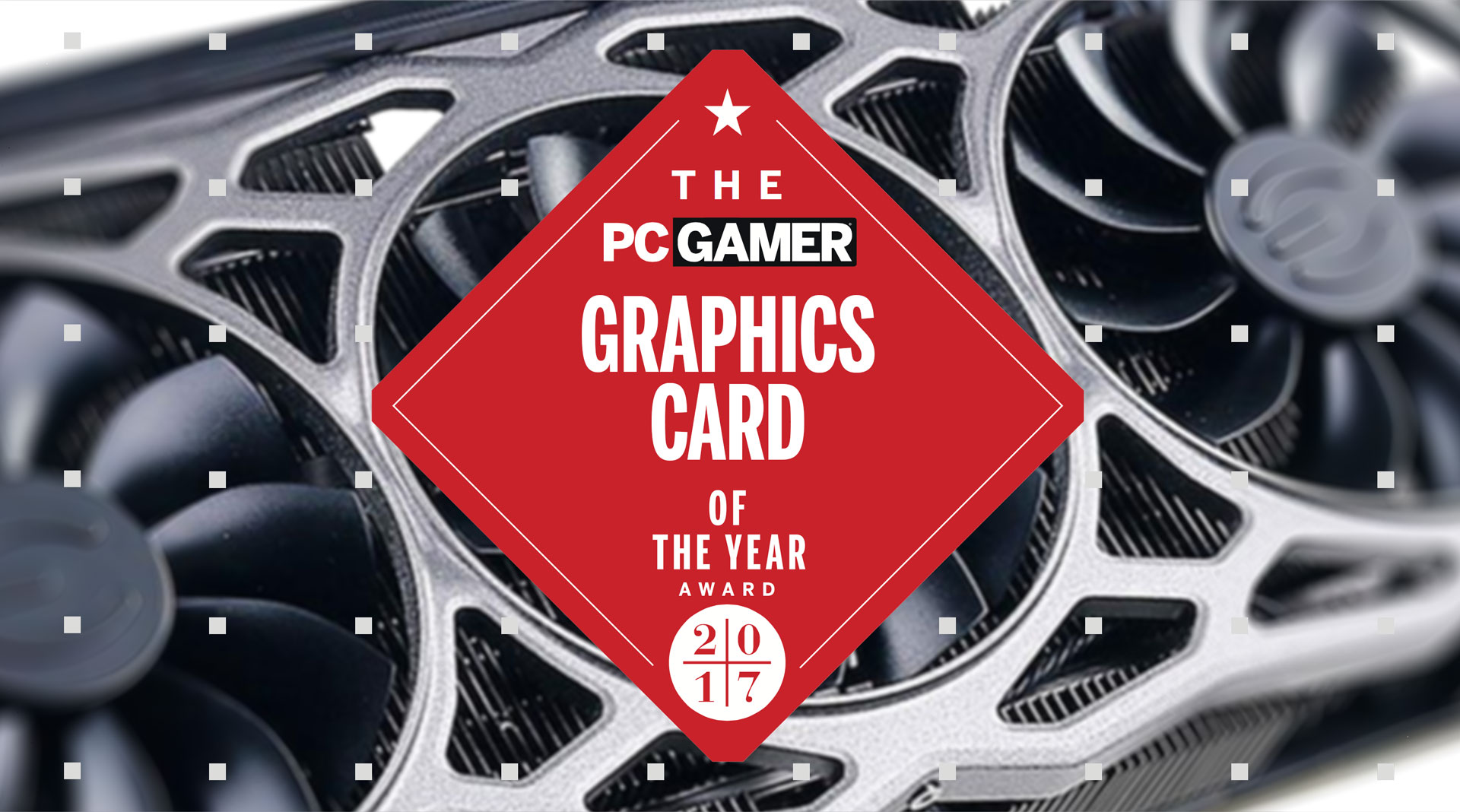Graphics Card of the Year: EVGA GTX 1080 Ti FTW3 Elite
Our favorite graphics card of 2017 should carry you into 2020.

For gaming purposes, nothing trumps the importance of your graphics card. Last year gave us Nvidia's Pascal architecture, and this year came the GTX 1080 Ti right on cue. While it has less memory than the Titan X (Pascal) that preceded it, the 1080 Ti has the same number of CUDA cores, at higher clockspeeds, with a price that's actually in the realm of the possible. Performance is up to 30 percent faster than the GTX 1080, making 4K ultra 60 fps on a single GPU a reality in most games.
So which 1080 Ti is the best? In truth, they're all good—I haven't seen a single card I couldn't recommend. But while the liquid-cooled cards might be nice if you're after lower temperatures or reduced fan noise, I'll take a good air-cooled card any time. Even among air-cooled models, it's difficult to pick just one, but this year's best graphics card award goes to EVGA's GTX 1080 Ti FTW3 Elite Gaming.

Check out the complete list of all of our award winners for 2017. (The list will be updated daily as the winners are announced.)
The FTW3 comes with a good factory overclock on both the GPU and the GDDR5X, the latter being a rarity. You can achieve similar results with just about any 1080 Ti, but there's ease of use and peace of mind with a factory OC. EVGA's warranty is also great, with a 3-year warranty that can even be transferred to a second owner.
The only way to get a faster graphics card right now is to spend substantially more money for the incrementally faster Titan Xp or the even more absurd Titan V, or you can wait for Nvidia to come out with a consumer variant of its Volta architecture. If you were lucky enough to snag a 1080 Ti at launch back in March, you'll be comfortably sitting on the fastest consumer GPU for at least a 12-month span.
The biggest gaming news, reviews and hardware deals
Keep up to date with the most important stories and the best deals, as picked by the PC Gamer team.
Jarred's love of computers dates back to the dark ages when his dad brought home a DOS 2.3 PC and he left his C-64 behind. He eventually built his first custom PC in 1990 with a 286 12MHz, only to discover it was already woefully outdated when Wing Commander was released a few months later. He holds a BS in Computer Science from Brigham Young University and has been working as a tech journalist since 2004, writing for AnandTech, Maximum PC, and PC Gamer. From the first S3 Virge '3D decelerators' to today's GPUs, Jarred keeps up with all the latest graphics trends and is the one to ask about game performance.


